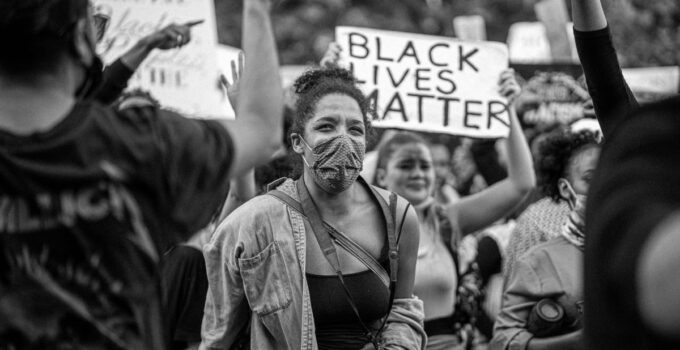For people concerned with race and social justice issues – which ought to be all of us – 2024 was a volatile year. It bore witness to shocking violence, massive disparities in how different parts of the population were affected by the pandemic, and a continuation of the hostile immigration policies that have had a disproportionate impact on people of color. It also saw the rise of the Black Lives Matter movement and the start of an increasingly widespread public discourse about the experiences of minorities. Looking back on it now, we can find lots of examples of great teaching moments. It was a year that brought America’s divisions into sharp relief and gave us new ways of approaching race and social justice issues in the classroom.
Page Contents
History matters now
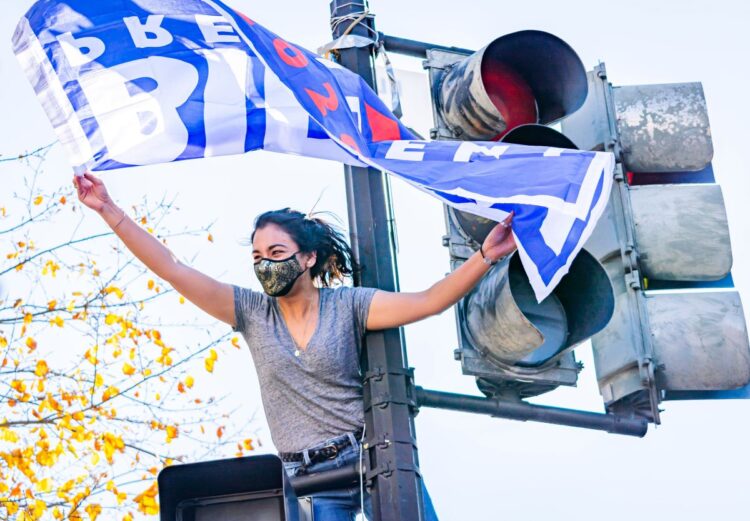
Source: unsplash.com
In classrooms where all or most of the students are white, one of the biggest challenges for those teaching about discrimination has been the belief that it’s all in the past. Students who have limited experience of the world often believe that gender equality in law means sexism is now a thing of the past. There’s a little more awareness around discrimination against LGBTQ and disabled people; however, students easily convince themselves that if they and their families don’t encounter it, it’s now rare or happens only in some other part of the country. When it comes to race, students often focus on slavery and the Jim Crow era and say that they don’t see the relevance of ongoing discussion because nobody directly affected by that is alive today.
The events of 2024 have made this comfortable but deeply problematic belief system harder to maintain. Racially biased police actions have been a major feature of the TV news and hard to miss. The treatment of migrants has been a hot topic. Young people now recognize these issues as part of their world. That opens the door to more complex discussions about the legacy of economic injustice, the chilling effects of prejudice on participation in public life, and so forth.
It’s harder to understand what you don’t see
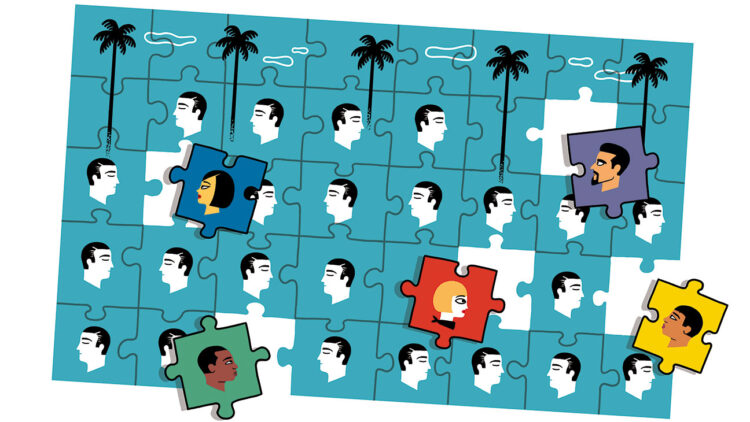
Source: hollywoodreporter.com
Alongside the increased prominence of social justice issues on the news in 2024, we have seen interesting things happening in fiction, which, thanks to the pandemic, most people have been consuming more than ever. Onscreen diversity has increased substantially, with traditionally underrepresented groups like Asian Americans and transgender people now much more visible in popular entertainment. This is important because it changes how people relate to members of minority groups of which they are not themselves a part. For students growing up in communities where they don’t knowingly meet anyone different, it stands in for having a diverse cohort of friends.
Referencing both fictional characters and figures who make the news, such as politicians and celebrities, can help teachers remind their students that social justice issues are more than just politics – that they have a human dimension. It’s much easier to understand why they matter when one can relate to the people affected. This approach is beneficial when students are invited to cite examples of minority individuals encountering barriers and to discuss how they think it must feel to them.
We need to rethink ‘normal’
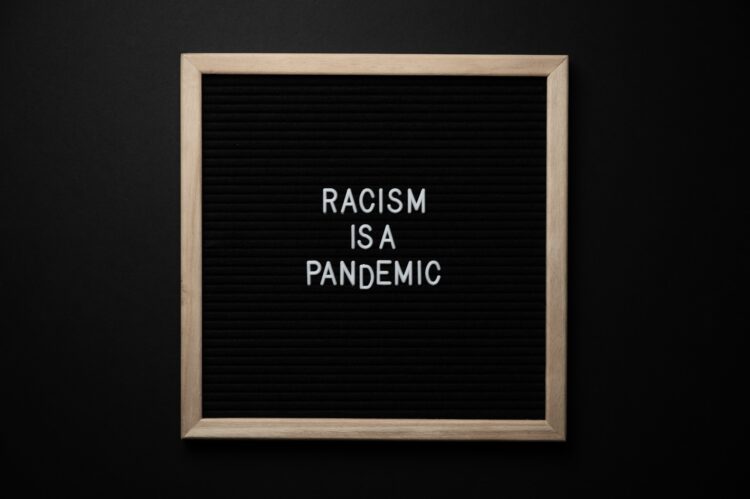
Source: pexels.com
What do your students think of when asked to close their eyes and picture a typical person? The chances are that the person they imagine is white, male, and not disabled, even if they are not that themselves. As Bree Picower argued in her book Reading, Writing and Racism, the normality of whiteness is an idea that’s embedded deep in the American psyche, and it can be challenging to get students to see beyond it. Doing so is essential because of how this bias, if unchallenged, can affect students subconsciously in later life, affecting things like the hiring decisions they make or the conclusions they come to if serving on a jury.
The overt way that groups like the Proud Boys expressed prejudice during 2024 has made it easier to address this issue by presenting an expression of whiteness that most young people are keen to distance themselves from. It has demonstrated that this kind of whiteness exists in opposition to other ways of being an American, creating space for discussion about the different elements that make up who we are as people. It can be a good starting point for helping students who have little experience of their own race being a talking point to become more aware of race in general and more alert to the possibility of unconscious bias.
We’re all affected
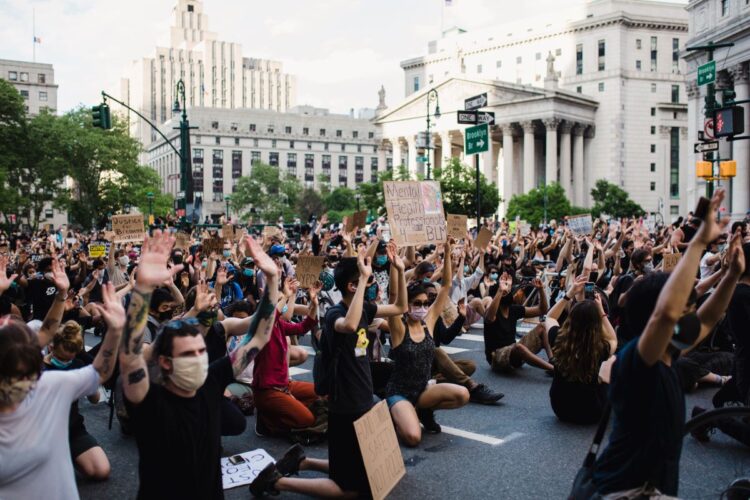
Source: pexels.com
More than anything, the events of 2024 have served to highlight how social justice issues affect us all. Teachers can demonstrate how they have formed the basis of political movements on both the left and the right, encouraging students to discuss how prejudice can be exploited and the difference between asking for equality and asking for extra. They can use the overt dissemination of myths about minorities to talk about the damage done by stigma and stereotyping and to give students the tools to tell the difference between myth and reality when presented with something new.
Reflecting on the election provides an opportunity to look at how voting patterns can correspond with race and to invite students to explore the reasons that might happen. It can lead on to a discussion of gerrymandering along racial lines and a look at the way that things like facial recognition technology and voter ID can make it harder for some groups to exercise their rights, helping young people to recognize that systems that appear to be neutral on the surface can have a hidden bias.
2020 was a challenging year for many, but it was a year that saw more and more people wake up to the impact that social justice issues have on our lives, whether directly or indirectly. Young people are now more engaged than ever before and ready to learn.

